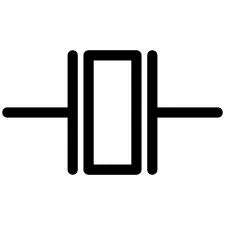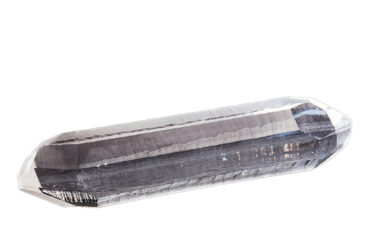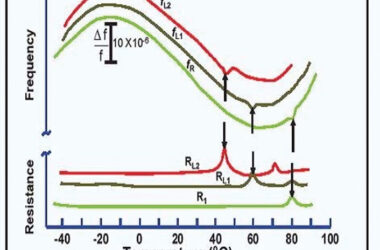The Professor Talks About the Importance of Timing in Advanced Embedded Systems
Quartz is relatively abundant in nature and easy to grow in a very pure form. What sets it apart from other piezoelectric crystals is that it can be made to vibrate in very controlled and stable ways. Thus, a properly fashioned quartz resonator can act as an ultra-stable mechanical frequency source that can be coupled to an electronic oscillator circuit.





